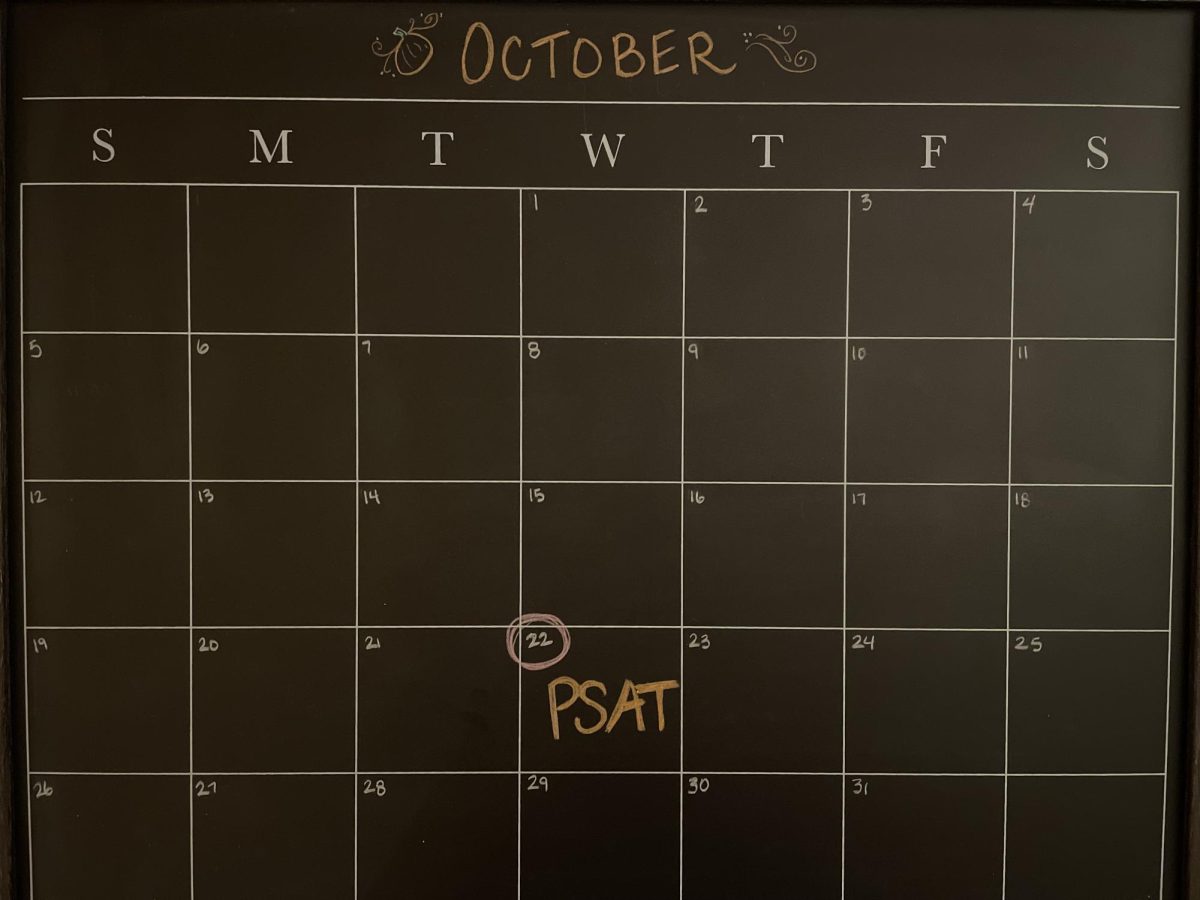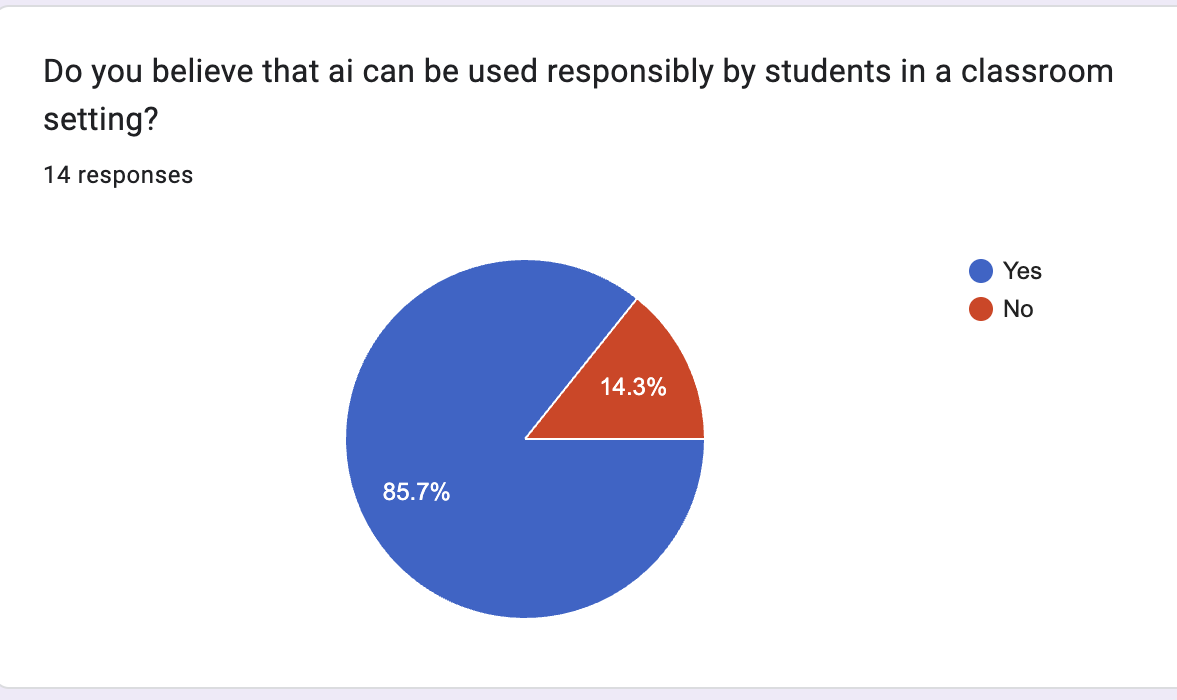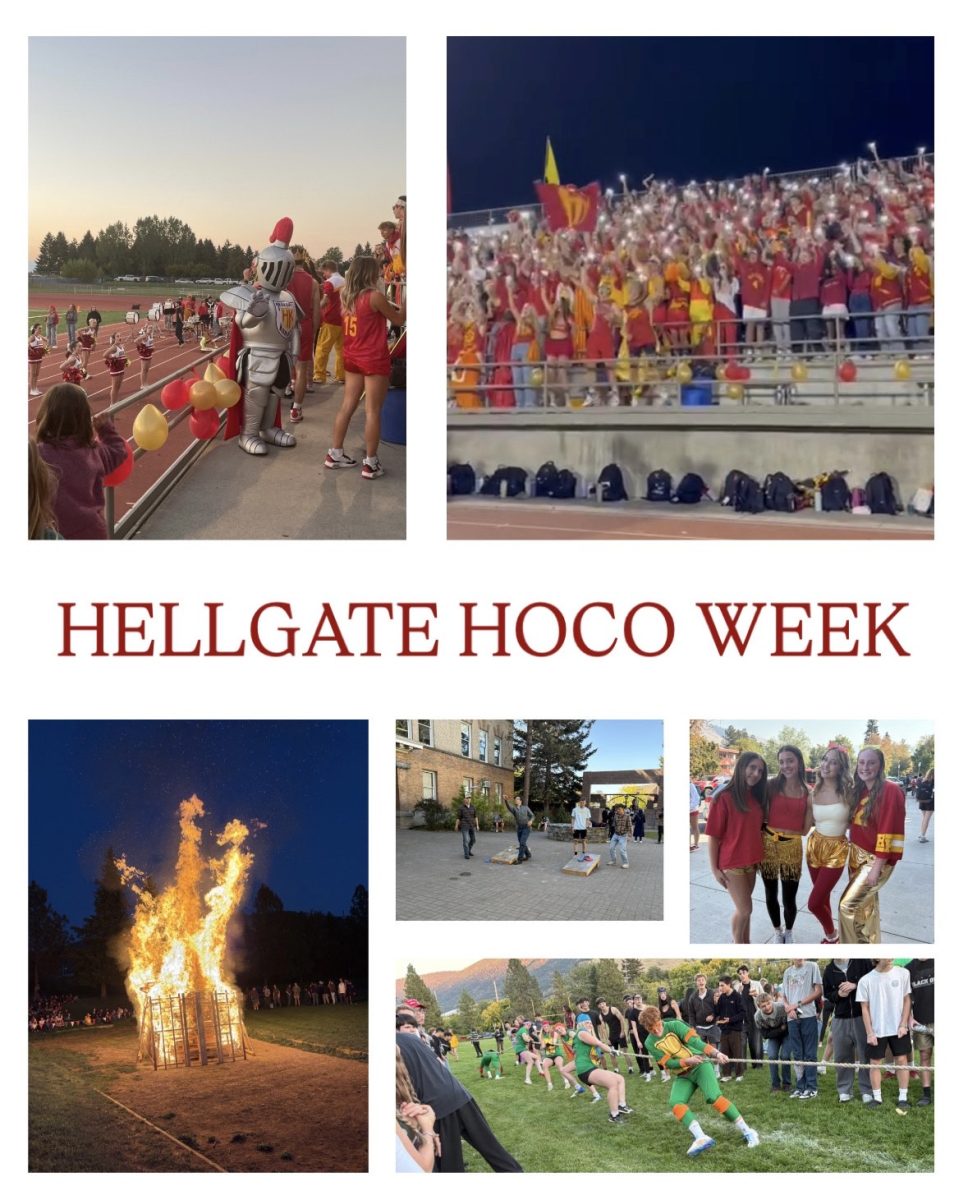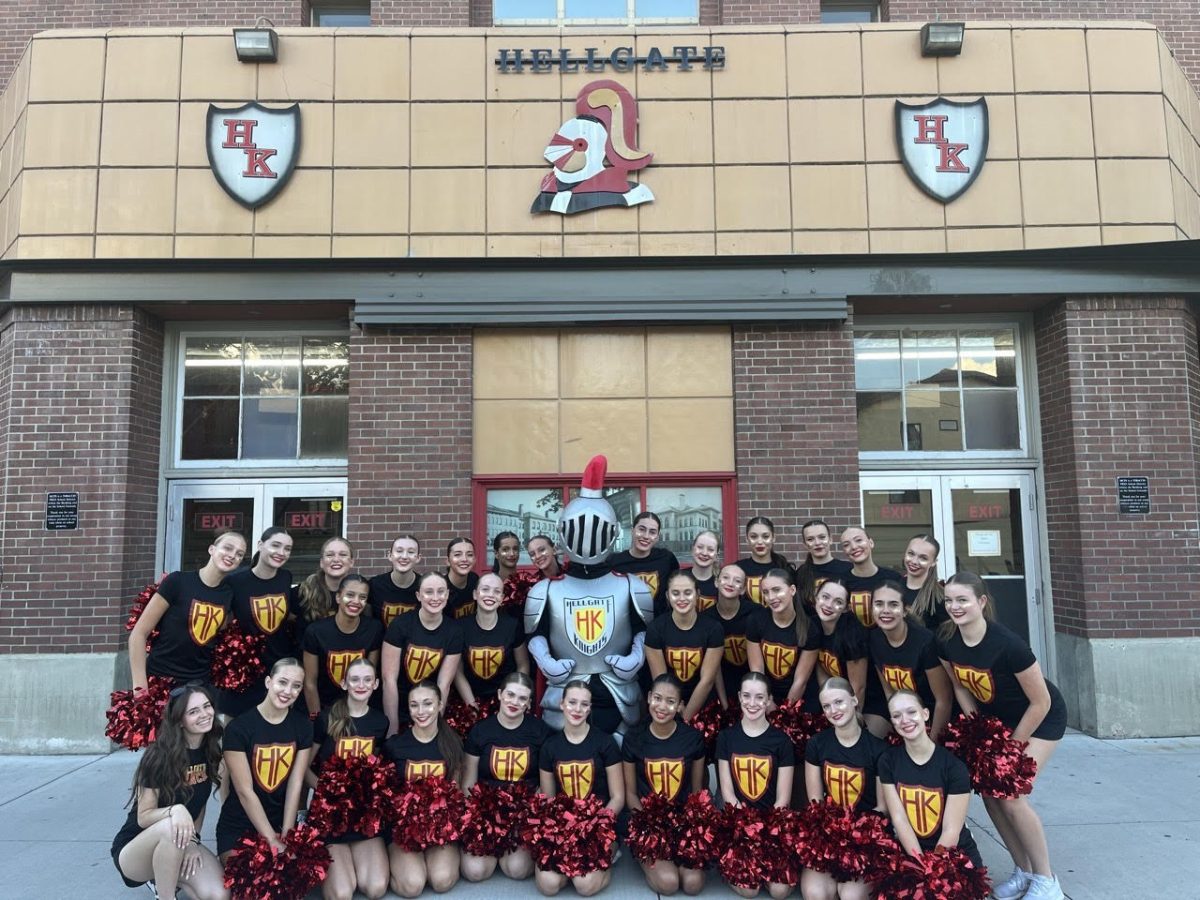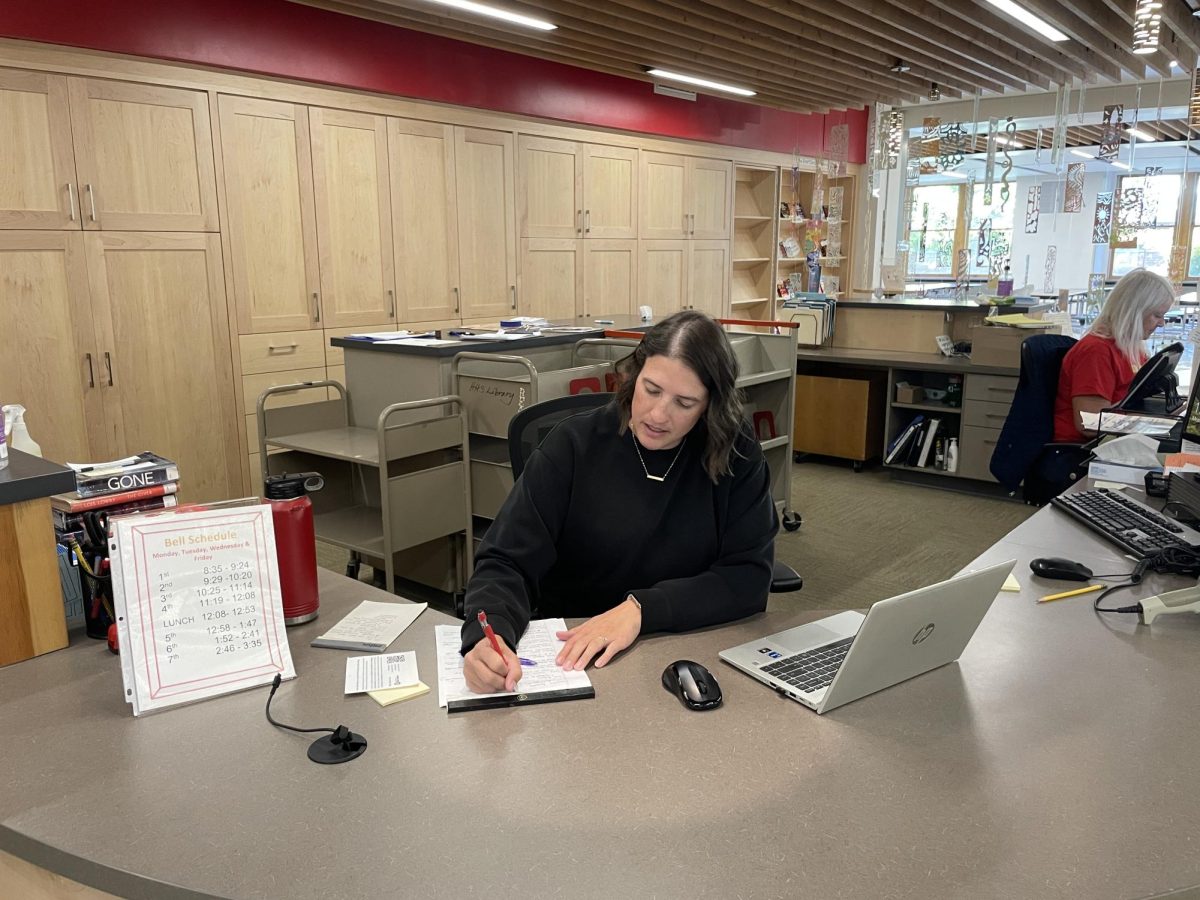Missoula’s housing market is experiencing a dilemma. While new subdivisions are being approved to reach the growing demand, the affordability gap continues to widen, leaving many residents struggling to afford safe, comfortable living.
Local schools are beginning to feel the ripple effects of new housing developments. Hellgate Elementary, an independent public K-8 district in Missoula, has seen relatively stable enrollment in recent years, according to superintendent Molly Blakely. Fall 2023 counted 1,445 students, with spring 2024 recording 1,435, a slight decline from approximately 1,498 students in the 2022-2023 school year.
However, looking ahead, the district anticipates growth linked to housing developments in the Mullan/Wye corridor. Projections estimate enrollment could rise to 1,742 students by 2027 according to Blakely. District officials note, however, that housing mobility and other factors create uncertainty in these forecasts.
Hellgate has historically adapted to enrollment changes, including constructing a 7th–8th grade building in 2016 to reduce overcrowding and making recent capital improvements such as security upgrades, remodeled classrooms, playground and HVAC upgrades, and roof replacements.
Blakely voices that financial pressures remain significant. Both the district’s general fund levy and safety levy failed in May 2025, meaning no new local tax increase was enacted. With the end of the ESSER funds and rising fixed costs, future levies will likely be necessary to sustain programs and facilities
In recent months, several large scale housing projects have received approval. According to an interview with Montana Free Press, The Grass Valley Gardens development, located near the Wye, is set to bring over 400 residential units to the area over the next two decades. This project includes single-family homes, multi-family units, and commercial spaces.
Similarly, the Wildroot subdivision in the South Hills has been approved for 450 housing units on 106 acres off Hillview Way at Rimel Road. These approvals are a last ditch effort to alleviate some of the struggle Missoula residents face, as well as accommodate for the growing population.
Additionally, the Missoula Consolidated Planning Board voted to recommend a plan for a 671-home subdivision called Paisley Park. The project would take place on a vacant chunk of 40 acres of former farmland southeast of the Missoula airport. It would take 20 years in order to build, being built through 8 phases. The developer is requesting for the property to be included into city limits and then rezoned for a subdivision. The Missoula City Council will have to approve the project at a future meeting.
According to the 2025 Five Valleys Housing Report, the median sales price of a Missoula-area home reached $562,400 by the end of 2024, a 2.25% increase over the previous year. Although this is a slower growth rate than prior years, home prices still far outpace income, making homeownership increasingly difficult.
Construction costs have risen 15–30% between 2021 and 2024 , further complicating efforts to provide affordable housing. The Missoula County Housing Action Plan estimates a shortfall of roughly 2,400 units, highlighting the gap between supply and demand.
As Missoula continues to grow, the challenge will be balancing new development with affordability and the needs of public institutions like schools. While new subdivisions may help meet the demand for housing, thoughtful planning and community engagement will be essential to ensure that growth benefits all residents, not just those who can afford rising prices. The city’s planned Unified Development Code, expected by the end of 2025, aims to streamline development processes while addressing these challenges.

